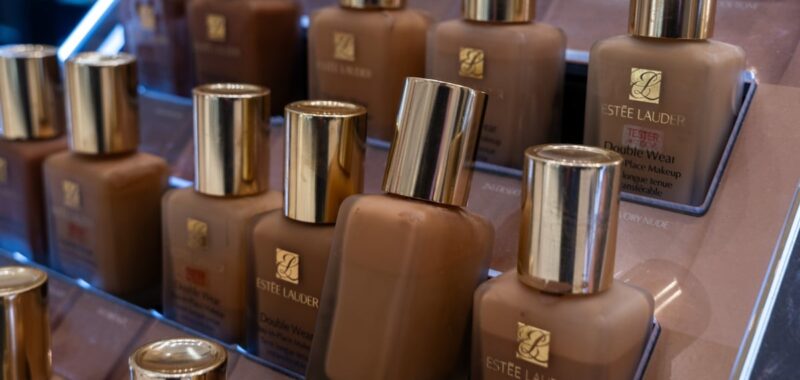Estée Lauder Companiesâ has set two goals for this year: cut costs and grow sales. So far, only the former appears to be on track.
The parent company of MAC Cosmetics, Clinique, The Ordinary and other brands is cutting up to 7,000 jobs globally, including 20 percent of middle managers, part of a plan to boost margins that has already resulted in nearly $500 million in savings.
But quarterly results released Thursday included a 10 percent year-on-year drop in net sales, with declines reported across all product categories. The company also said it expects sales to fall by 8 to 9 percent in its fiscal year ending in June, below Wall Street expectations of minus 6 percent.
The problem, analysts say, is that the broader beauty market is rapidly cooling, just as Estée Lauder Companies has started to make progress in addressing the longstanding issues that prevented it from participating in the post-pandemic boom in categories such as skincare and fragrance.
Ever since announcing an âinflection pointâ last year, the company has tried to shake the dust off of faded brands, increase its presence on hot new sales channels like TikTok and rely less on China and travel retail, where beauty sales have slumped.
âThe industry is mainly soft. I donât think many beauty companies are going to grow,â said Filippo Falorni, a director in the consumer goods practice of investment bank Citi. He added: âTheyâre starting to deliver on the bottom line ⦠but on the top line, they have to show that they can actually really drive growth.â
Growth in A Tough Climate
On a call with analysts on Thursday, chief executive Stéphane de La Faverie said the company is meeting consumers where they are, including putting more brands on Amazon and TikTok Shop.
âIf the consumer has endorsed a retailer, and provided it is brand building, we are moving there without debate,â said de La Faverie. âWe will not let evolving channel preference be a disruptor to us like it has been in the past.â

But rebuilding brand love and equity is not easy.
Some of the companyâs brands are struggling to attract customers in a market that is constantly swarmed with new challenges. Even with slick campaigns, brands have to work harder to stand out.
There are green shoots: A new mascara from Too Faced has been a big hit, and de La Faverie said that MAC Cosmetics had intentionally lowered the price of its Studio Fix Powder Plus Foundation in the US and UK to âget the product in more consumersâ hands at a more competitive pricing with the indie brands.â The company also said it had meaningfully grown market share in the US, China and Japan.
Also unclear is how the business will be affected by looming tariffs. Its leadership was keen to stress its strategic advantages: Currently around 75 percent of what it sells in the US is made in the US or Canada, while around 25 percent of Chinese products are made in the US, though it has a goal of moving much of that production to plants in Japan or Europe.

De La Faverie said a âmeaningful resolutionâ to proposed tariffs would be needed to return to organic sales growth in the next fiscal year.
Itâll likely be a bumpy road. Falorni noted that the company spoke more about market share growth rather than giving forecasts for each category, hinting at how tough the climate will be.
âIt still remains a big âshow meâ story,â he said.
Sign up to The Business of Beauty newsletter, your complimentary, must-read source for the dayâs most important beauty and wellness news and analysis.

